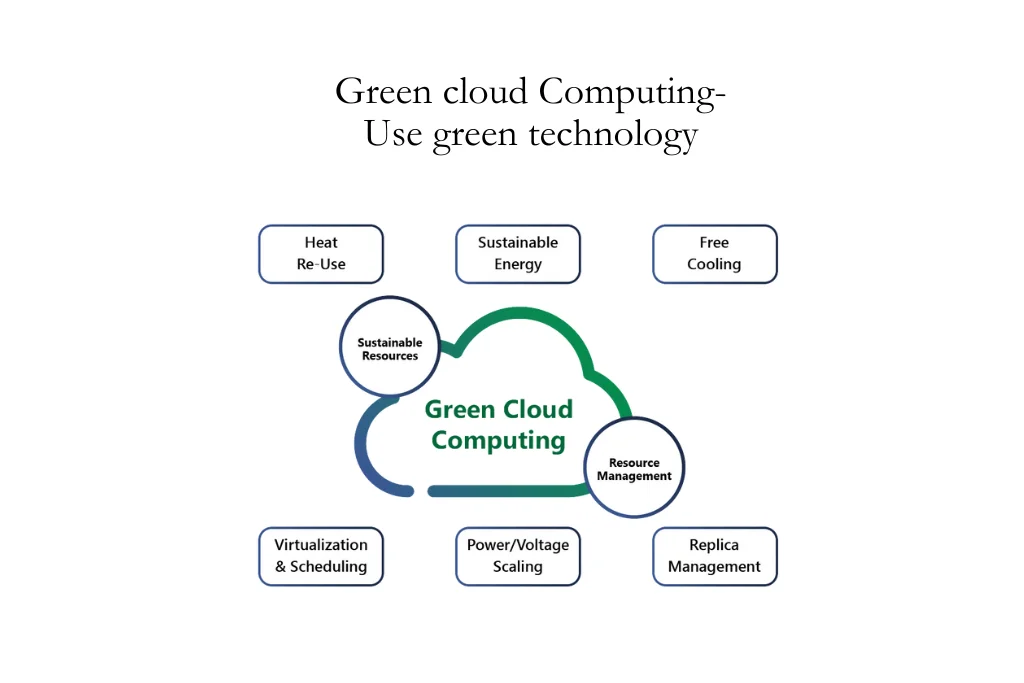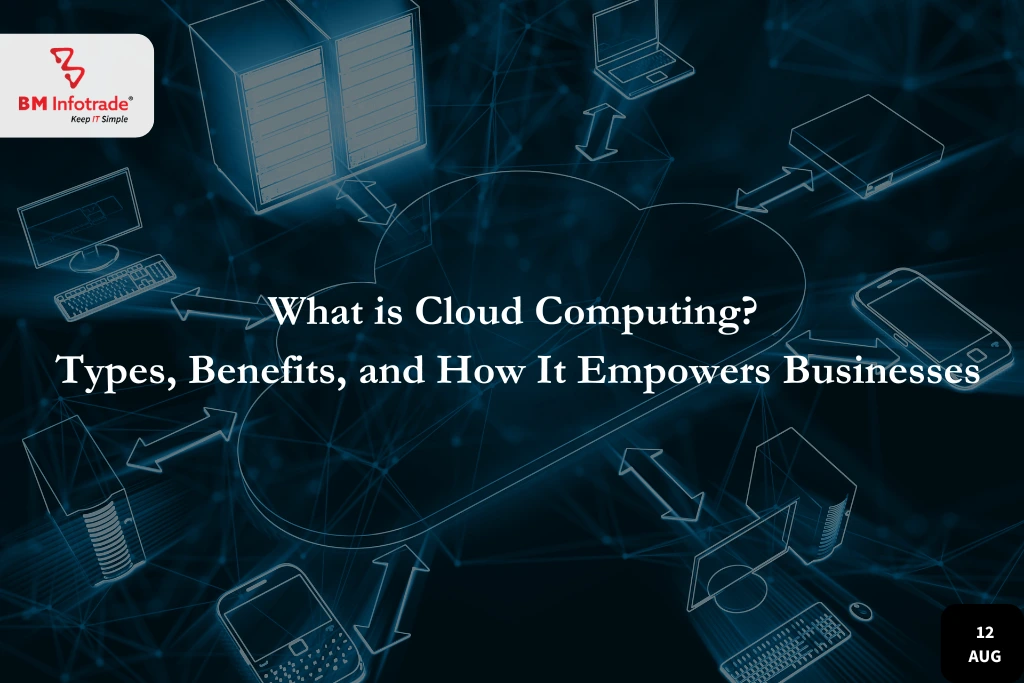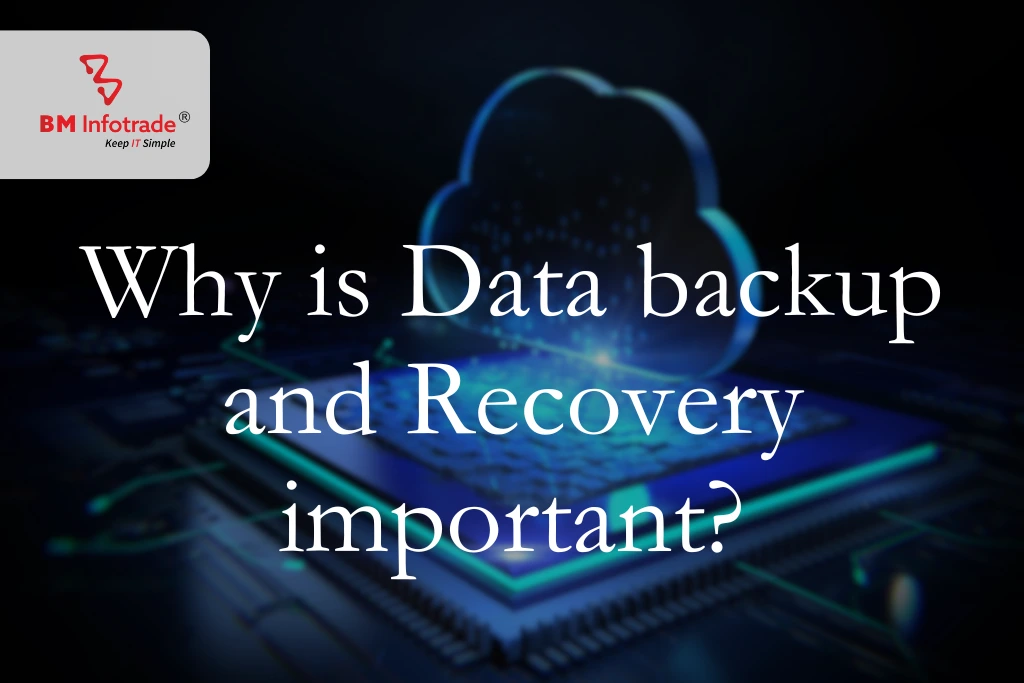Green cloud Computing- Use green technology
Explore the concept of green cloud computing and learn how adopting green technology can minimize energy usage and enhance sustainability in cloud services.

Green cloud Computing- Use green technology
Table of Contents
Green cloud Computing: An enormous increase in energy use is a direct result of the growing demand for cloud infrastructure. The environmental carbon footprint has significantly grown as a result of this quest for power. The massive expansion of data centers with tens of thousands of servers and other infrastructures is primarily to blame for the steadily rising energy consumption. Fortunately, there is a solution in the form of green cloud computing, which aids companies in reducing their carbon footprint and fostering environmental sustainability.
Describe Green Cloud Computing

The phrase "green cloud computing" refers to methods and strategies for using technological advancements like computing and other IT resources in an environmentally responsible manner. Green cloud computing is the study of designing, developing, and utilizing digital equipment in a way that minimizes carbon emissions and promotes environmental sustainability. To implement "Green Cloud Computing," all of the major public cloud providers, including Microsoft, AWS, and Google, have integrated renewable energy resources for running their data centers.
The process of implementing this architecture in data centers is known as green cloud computing. Every industry is attempting to incorporate environmentally friendly practices into their fields as a response to rising energy consumption. Given its many benefits, cloud computing was welcomed by many IT companies, and it helped the environment by reducing the energy use of businesses' data centers. On the other hand, cloud computing does away with the need for a separate data center. It reduced data theft and loss by combining all processing and storage needs for a specific zone into a single data center with excellent security.
According to a study by Google, Lawrence Berkeley National Laboratory, and Northwestern University, 86 million Americans would use 87 percent less energy if they moved their common software applications to the cloud. The same report also highlights the fact that from 2010 to 2020, data center energy consumption decreased by 31% as a result of the widespread use of cloud computing.
Green cloud computing not only offers efficient infrastructure and processing, but it also conserves energy. Green computing is a technique for minimizing both the use of computing resources and the effects on the environment.
Read More:- Cloud architecture: Workload on the cloud
Why is Green Cloud Computing necessary?
The last ten years have seen a lot of discussion about green computing, which looks at how IT infrastructure affects the environment. Despite the fact that information technology and the environment are studied separately, the growing impact of these technologies on the environment is not taken into account. While the demand for computers will continue to rise, we must find ways to deliver them in a more thoughtful and environmentally conscious way.
Although the use of cloud computing technology has the potential to boost productivity, it does bring up the obvious concern of whether shifting our heavy cloud computing load could contribute to keeping the environment clean and safe. The shifting conditions during the production revolution are comparable to the constantly evolving technological advances in cloud computing for information technology. Before Henry Ford proposed the idea of assembling and establishing a successful automotive business, professional car manufacturers drew cars one at a time. A new era of inexpensive, well-built, mass-produced cars is ushered in by modern assembly lines.
Similar to this, different software and hardware are set by various technological experts known as software engineers, hardware engineers, or IT employees. The idea of providing information technology as a service by a contemporary mid-level industrial unit is the foundation for cloud computing today.
Energy-saving technologies are necessary to minimize the environmental impact of cloud computing. These techniques have the potential to reduce operating costs while preserving energy. Using green information technology, also known as green cloud computing, is one way to potentially use less energy. The future of business cloud computing depends on it as a result.
A major environmental impact of growing business activity worldwide. This growth will necessitate more data centers, longer daily commutes for employees, and regular inflows of office supplies and equipment. These escalating environmental problems are addressed by green cloud computing, which offers options for lowering carbon footprints globally.

How can the cloud be made "green"?
The productivity of Nano data centers is higher than that of conventional server data centers. They have a big service area, help to lower the cost of heat dissipation, and are self-scalable.
Reduced power and energy consumption can be achieved through frequency scaling, also known as dynamic voltage frequency scaling. Utilizing fewer resources and using less energy are two benefits of this strategy.
The number of system resources that were made available was increased while being environmentally friendly through virtualization. It makes it possible for better monitoring and resource management, and it maximizes the server group's general ability to share resources.
New technological practices and applications that can support environmental sustainability are continuously being developed as more businesses rely on cloud services. Green cloud computing is a growing trend in business because it enables organizations to maintain and enhance operations and processes while still being environmentally friendly.
Read More:- Cloud Provider-The best cloud storage services in the world
Conclusion:
Green cloud computing and other energy-saving technologies are essential for lowering the carbon footprint of the planet and creating a better world. Cloud computing offers many businesses a very efficient infrastructure. The environment suffers as a result of rising energy demand, which is also expensive.
Many people think that advancing technology is contributing to the environmental crisis. Cloud computing, on the other hand, might help with changes and ecological issues. Green cloud computing may assist your company in achieving a positive bottom line, enhancing employee productivity, reinventing business procedures, and providing a sustainable environment.







Anshul Goyal
Group BDM at B M Infotrade | 11+ years Experience | Business Consultancy | Providing solutions in Cyber Security, Data Analytics, Cloud Computing, Digitization, Data and AI | IT Sales Leader